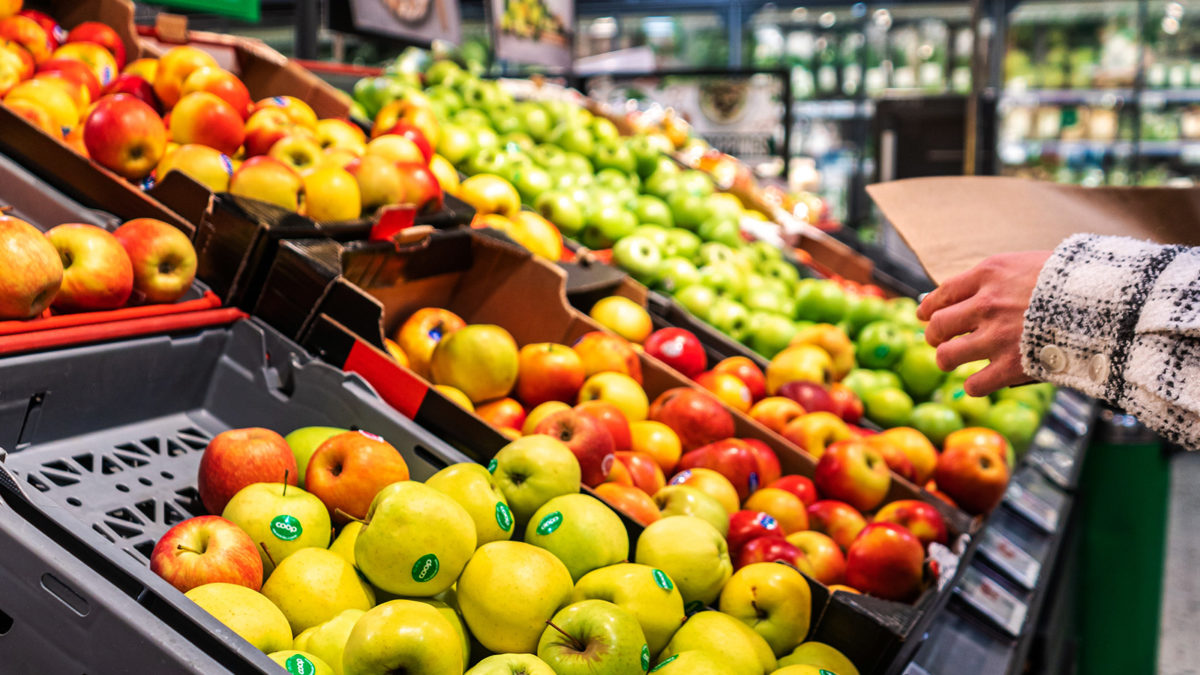Jump in grocery prices supports supermarket profits, for now
Grocery prices have soared in Australia, rising at a faster pace than the Consumer Price Index, which is benefitting the earnings of Coles and Woolworths. However, the boost could be temporary, with food inflation expected to moderate next year.
The rise in inflation globally has exceeded wages growth, eroding households’ purchasing power. Lower income households are particularly affected by higher fuel and food prices because they typically spend a greater share of their income on energy and food. Higher prices for energy and food are expected to continue to be passed through into higher consumer prices over the rest of the year, according to the Reserve Bank of Australia’s recent Statement on Monetary Policy.
During the March quarter, the Consumer Price Index (CPI) jumped 2.1 per cent, to be up to 5.1 per cent from a year earlier, data from the Australian Bureau of Statistics (ABS) reveals. The prices of grocery foods, largely sold by supermarkets, jumped even more, by 5.3 per cent, as the chart below shows.

Fruit and vegetable prices combined rose at an annual rate of 6.7 per cent, with meat prices also rising at over 6 per cent over the year, the ABS data shows. The prices of non-durable household products such as cleaning and personal care products, also largely sold by supermarkets, jumped 8 per cent, much greater than the CPI’s rise of 5.1 per cent.
Beyond Australia, food price inflation is averaging around 10 per cent for OECD countries, as the chart below shows.

Supermarkets to benefit from price rises in 2H
Morningstar analyst Johannes Faul is forecasting supermarket shelf prices will rise by mid-single digits in the second half of fiscal 2022, which is expected to boost the earnings of both listed supermarkets Coles and Woolworths. “We expect these abnormally high price increases to bolster supermarket earnings in the near term, offsetting rising cost of goods sold, higher energy prices, weak population growth, greater out-of-home food consumption, and temporarily bloated supply chain costs because of COVID-related disruptions,” Faul said in a report.
However, Faul forecasts food prices will moderate from fiscal 2023, with inflation expected to average around 2.5 per cent in the subsequent decade. “Current share prices suggest the share market is more optimistic on the profit outlook for Woolworths and Coles. However, we expect structural challenges to limit their sales and earnings growth at around 4 per cent over the next decade,” says Faul, who has a fair value of $25 on Woolworths compared to its price of around $38 on 17 May.
Morgans analyst also Alex Lu also believes Woolworths is close to fully valued and has a target of $40.35 on the stock. “With food demand being relatively inelastic, we think the company should continue to perform well in a higher interest rate environment. However, trading on 27.6 times fiscal year 2023 price-earnings, and 2.6 per cent yield, we see Woolworths as fully valued,” says Lu, who has a Hold rating on the stock.
Turning to Coles, Morningstar’s Faul puts its fair value at $13.60 against its market price of $18.77 as of May 18. The stock is up close to 4.5 per cent over the year to date, compared to the S&P/ASX 200’s fall of 4.5% and Woolworths 1 per cent loss. “We maintain our fair value estimate for no-moat Coles at $13.60 per share, with the group’s third-quarter fiscal 2022 sales growth of 3.6 per cent broadly in line with our expectation of 3.4 per cent,” said Faul.
Morgans is more upbeat on Coles than Woolworths and has an ‘Add’ rating on the company after recently increasing its 12-month target price to $20.65 from $19.70. “Trading on 24.1 times FY23F P/E and 3.4 per cent yield, we continue to see Coles as offering good value with the company possessing defensive characteristics and a strong balance sheet, allowing ongoing investment for growth,” said Lu.









